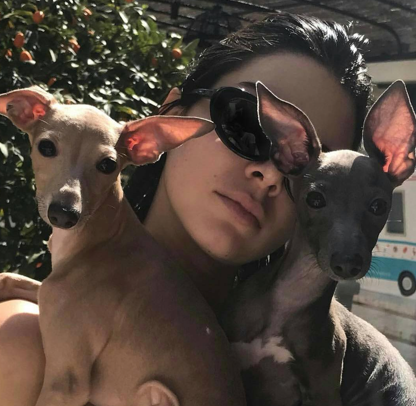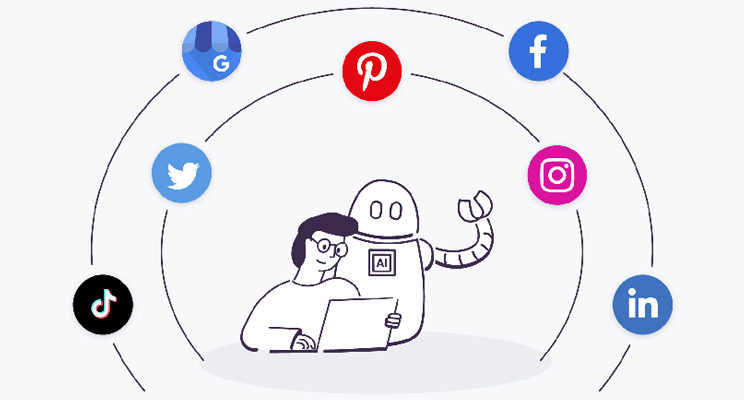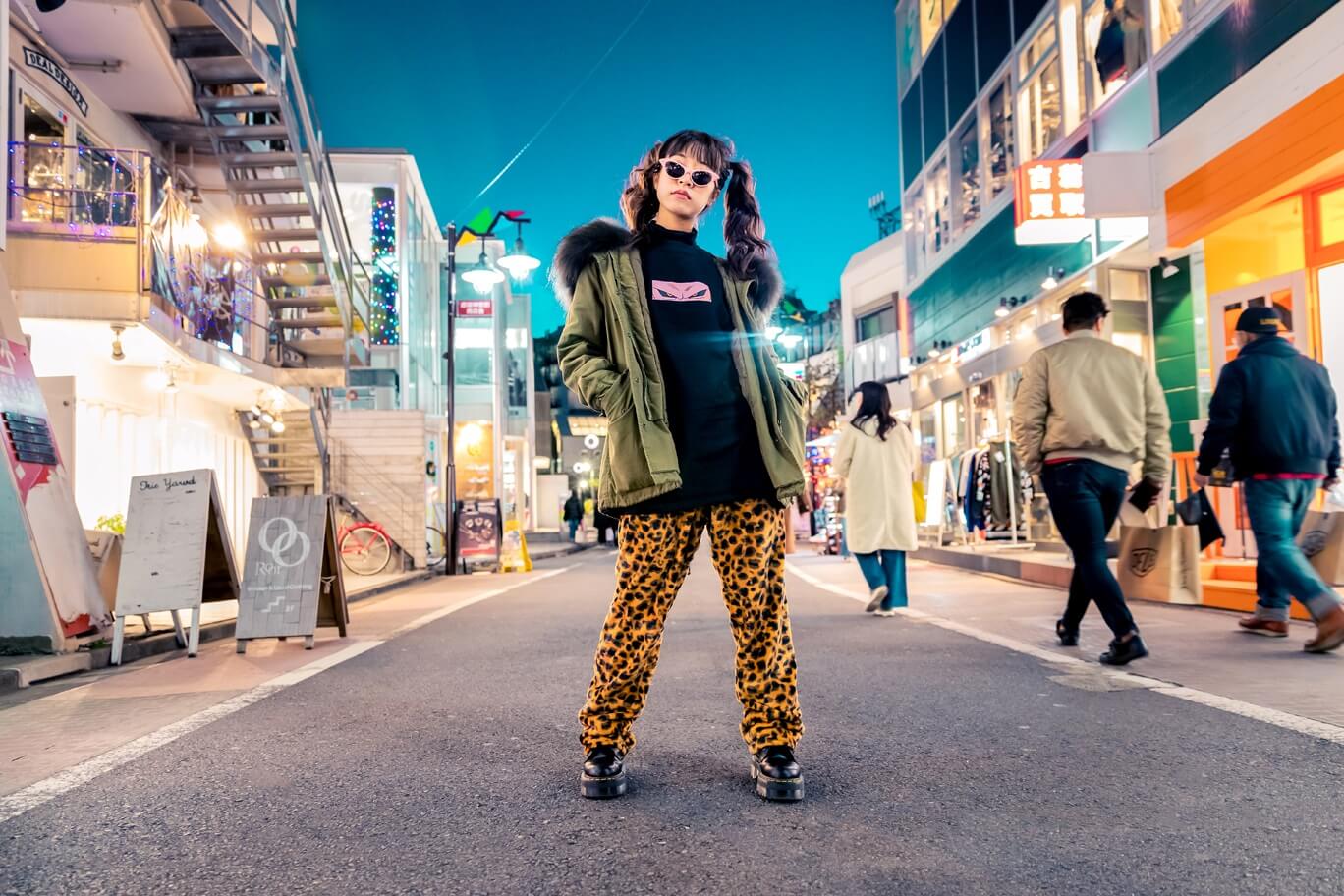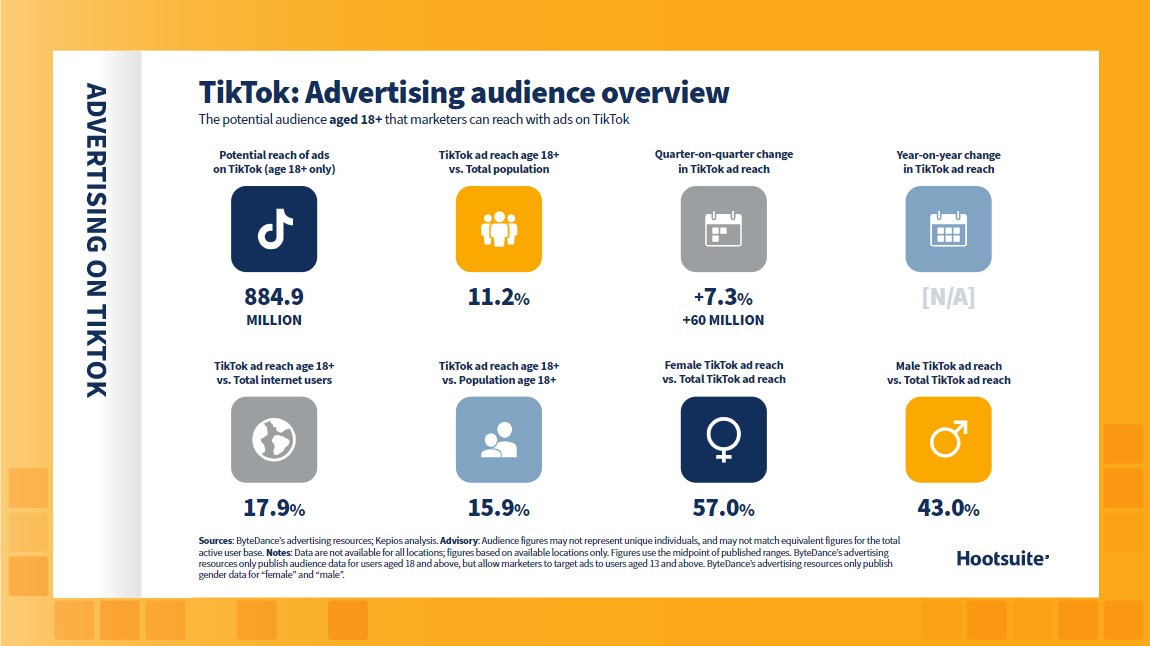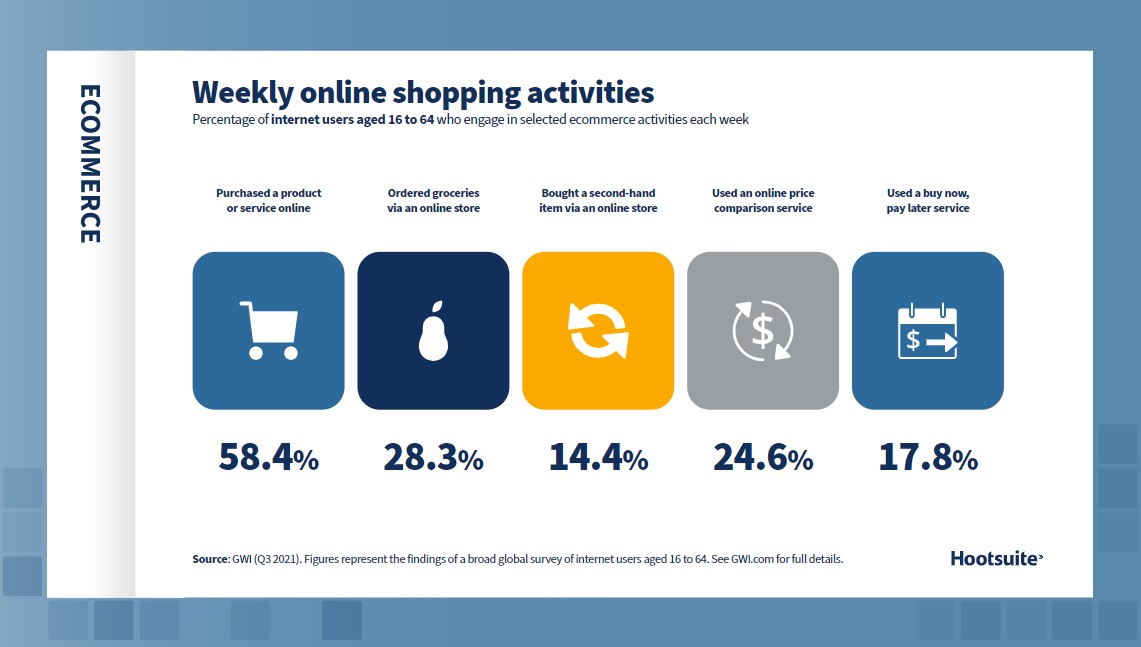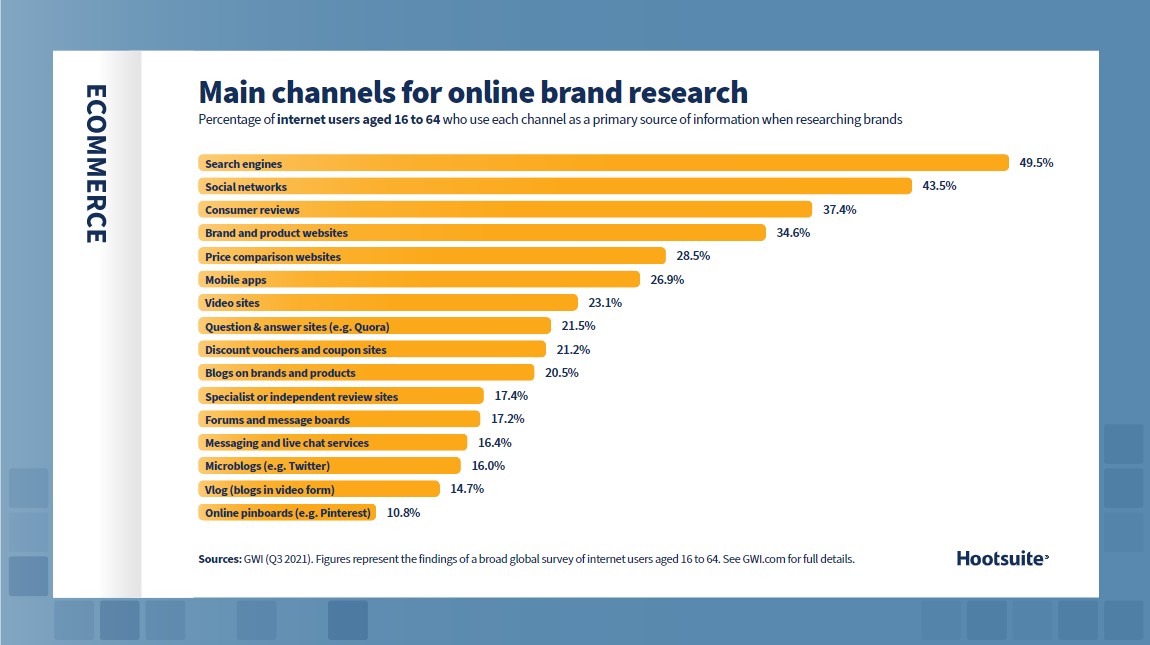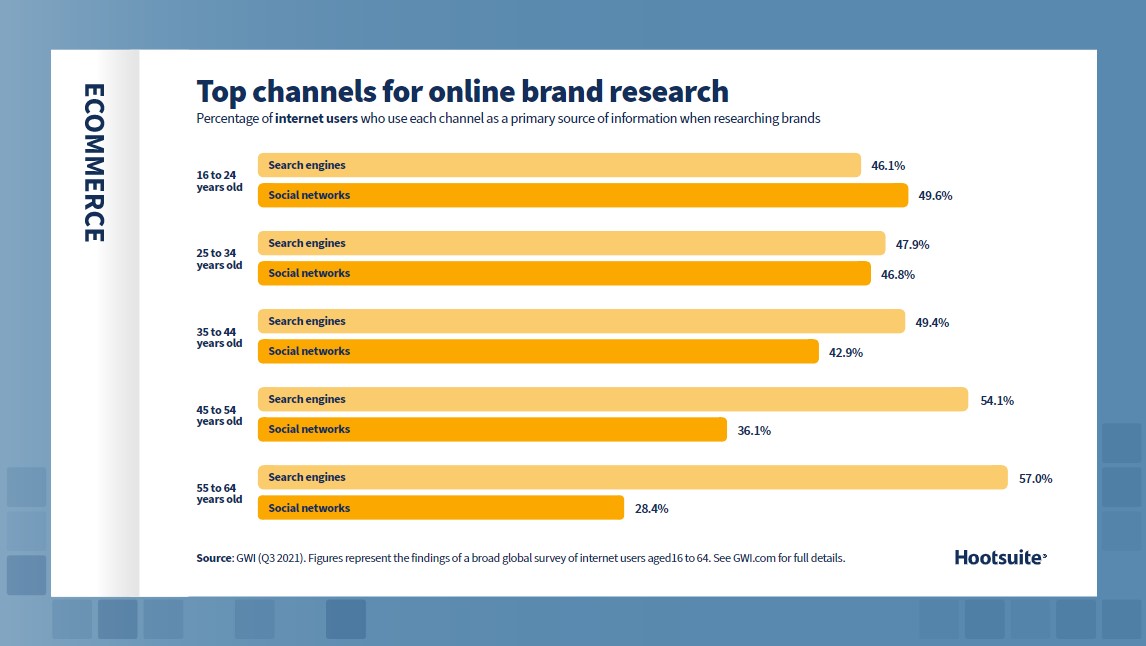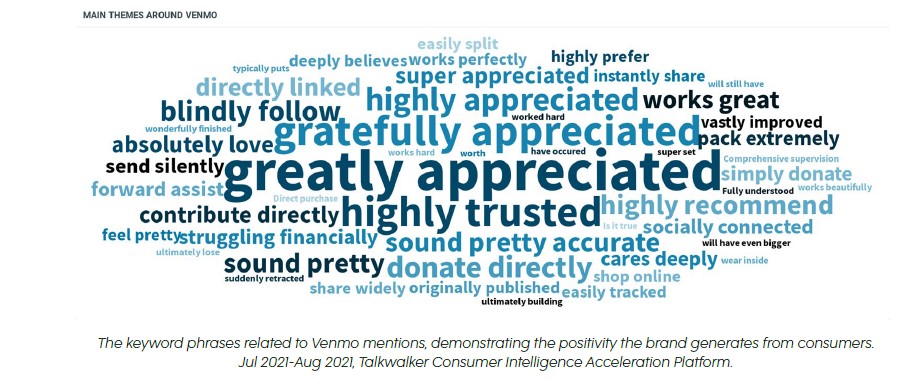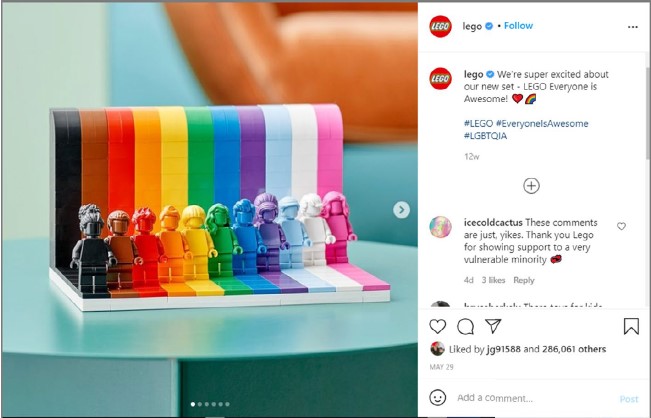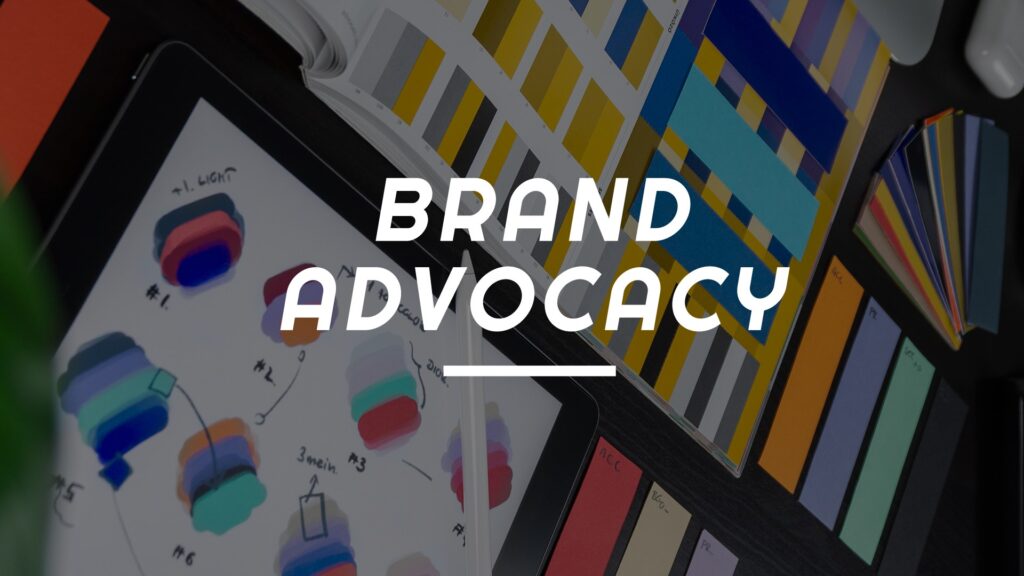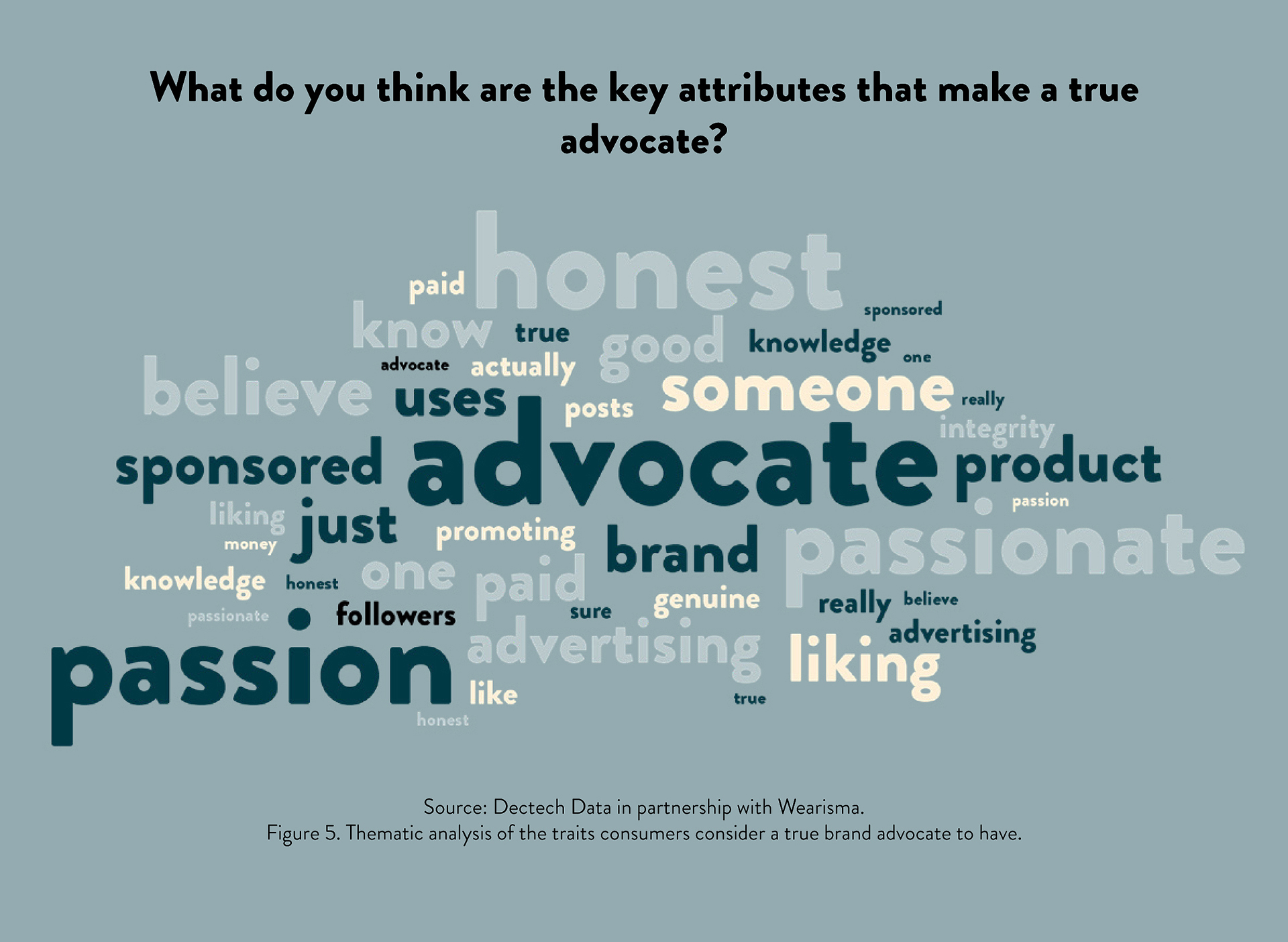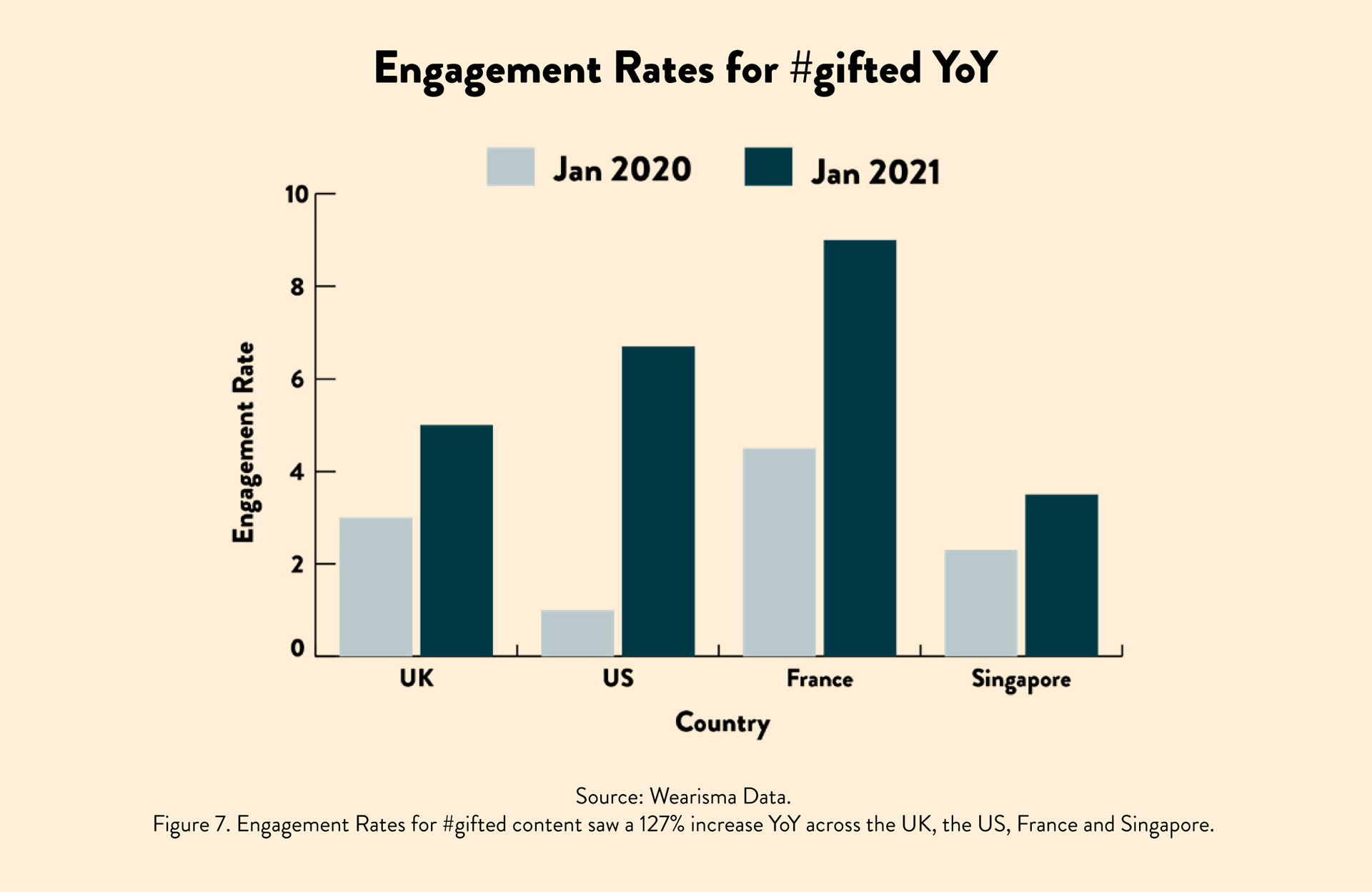
In today’s rapidly evolving digital landscape, brands are continuously seeking innovative strategies to stand out in competitive markets and build brand credibility. One such strategy that has gained substantial traction is Key Opinion Leader (KOL) marketing. This approach allows brands to leverage the influence of respected figures in specific industries, reaching targeted audiences more effectively than traditional advertising channels. In this article, we will explore the intricacies of KOL (Key Opinion Leader) marketing, its key components, and why it has become a cornerstone in modern marketing strategies.
What is KOL Marketing (Key Opinion Leader)
Key Opinion Leader (KOL) marketing refers to the practice of using influential individuals to promote products, services, or ideas to a targeted demographic. Sometimes this is called a variance of Influencer Marketing too but having a key opinion leader is a slightly different emphasis. A KOL is an expert or authority in a specific niche who commands the trust and respect of their audience due to their knowledge, experience, or professional achievements. These individuals possess the power to shape consumer perceptions, guide purchasing decisions, and enhance brand values credibility. They want to be seen as a respected key opinion leader in their industry and are often visible across a wide range of marketing channels.
Unlike social media influencers, who are often selected based on follower count, KOLs are chosen for their deep understanding of their field and the meaningful insights they offer. They may include industry experts, thought leaders, or prominent figures in sectors like healthcare, fashion, technology, or even the arts. For businesses, aligning with the right KOL can significantly boost sales, increase brand visibility, and build long-term relationships with customers.

The Rise of KOL Marketing
KOL marketing has surged in popularity over the last decade, particularly in China, where it has become a dominant force in the marketing world. The rise of social media platforms such as Instagram, TikTok, and YouTube has expanded the reach of KOLs, allowing them to engage with a global audience. Brands have recognised the value of tapping into this niche audience through KOL partnerships, enabling them to reach consumers in a more authentic and meaningful way.
KOL marketing is particularly effective because it relies on the trust and credibility these leaders have built over time. Their audience is highly relevant to the key subject matter. and with the right brand collaboration they deliver more than just brand awareness but brand sales, insights, connection with the brands ideal target audience. Their followers view them as reliable sources of information, and their recommendations carry considerable weight. This stands in stark contrast to traditional advertising, where consumers are often skeptical of overtly promotional messages. By partnering with KOLs, brands can communicate their value propositions more organically, fostering trust and loyalty among their target audience.
The Difference Between KOLs and Influencers
While KOLs and influencers may seem similar on the surface, there are distinct differences between the two. Traditional influencers, often selected based on their large follower count, focus primarily on social media engagement. Their authority stems from their ability to create visually appealing content and interact with their audience in a relatable manner. However, influencers are not always experts in their field, and their influence may be limited to the size of their audience rather than the depth of their knowledge. There are similar influencer marketing practices however with key opinion a leader which are considerably different from traditional marketing channels and that’s why they work in enhancing brand's sales and increasing brand awareness.
On the other hand, KOLs are respected experts with a deep understanding of their particular field. Their influence comes from years of professional achievements, research, or contributions to their industry. For instance, a leading dermatologist would be considered a Key Opinion Leader in skincare, while a popular beauty blogger would be classified as an influencer. Both play important roles in marketing strategies, but KOLs offer a higher level of trust and authority.

Benefits of KOL Marketing
The benefits of KOL marketing are vast, making it an attractive strategy for brands looking to enhance their visibility, credibility, and sales. Some key advantages include:
- Enhanced Brand Credibility: Aligning with a respected KOL can significantly boost a brand’s credibility. Consumers are more likely to trust a product recommendation from a KOL because of their expertise and reputation.
- Increased Engagement: KOLs typically have highly engaged audiences. By collaborating with a KOL, brands can tap into this engaged and relevant audience, resulting in higher engagement rates than traditional marketing methods.
- Targeted Reach: KOLs often have a niche audience that aligns with a brand’s target demographic. This allows brands to reach the right audience more effectively, leading to higher conversion rate and a closer target market opportunity.
- Shaping Consumer Perceptions: KOLs have the ability to influence how consumers perceive a brand, product, or service. Through their expert opinions, they can sway purchasing decisions and create positive associations with a brand.
- Boosting Sales and Visibility: Through KOL marketing, brands can experience a significant boost in sales and visibility, particularly when the KOL is well-aligned with the brand’s values and objectives. Their recommendations can drive purchasing decisions, increase brand awareness, and elevate the brand’s image within a competitive market.
Examples of KOL Marketing Success
Many brands have successfully leveraged KOL marketing to build brand visibility and drive sales. A notable example is the collaboration between Estée Lauder and Chinese KOL, Viya. With her deep understanding of beauty products and vast influence on social media, Viya was able to promote Estée Lauder’s products to her niche audience, resulting in a significant boost in sales and brand credibility.
Another example is Nike’s partnership with professional athletes, who serve as KOLs in the sports industry. These athletes not only have a deep understanding of the products they endorse but also command the trust and admiration of their followers, making them highly effective in promoting Nike’s products to a targeted audience.

Integrating KOL Marketing into Your Strategy
To successfully integrate KOL marketing into your overall marketing strategy, it’s important to treat it as a long-term investment. KOL partnerships should not be approached as one-off campaigns but rather as part of an ongoing effort to build credibility, engagement, and trust with your audience. Here’s how to incorporate KOL marketing effectively:
- Set Clear Objectives: Define what you want to achieve with your KOL marketing campaign. Are you looking to increase brand awareness, boost sales, or enhance your brand’s image? Having clear brand objectives will help guide your partnership with the KOL and ensure that both parties are aligned.
- Foster Long-Term Relationships: Building long-term relationships with KOLs can yield more sustainable results. Rather than focusing on short-term campaigns, consider how you can collaborate with KOLs on an ongoing basis to continuously engage their audience. Allow KOLs, creative freedom so that they can be a true industry expert for a brand is hugely powerful.
- Monitor and Measure Performance: It’s essential to track the performance of your KOL campaigns. Use metrics such as engagement rates, brand visibility, and sales conversions to evaluate the effectiveness of your KOL partnerships and make adjustments as needed.
Examples of how you can use KOLs (Key opinion leaders)
Good examples maybe brand KOL partnerships for online posting, but a lot of these individuals will collaborate on research pieces, attend events as keynote speakers, deliver educational workshops, even take over social media accounts, appear on podcasts. They're aim is to increase brand awareness, world of mouth advocacy and help drive an engaged audience through all sorts of marketing channels.
The Future of KOL Marketing
As digital marketing continues to evolve, KOL marketing is poised to play an even larger role in shaping consumer behaviour and brand perceptions. With the increasing reliance on social media platforms and the growing demand for authentic, expert-driven content, KOLs will remain a valuable asset for brands looking to cut through the noise of traditional advertising and reaching their target audience.
The future of KOL marketing will likely see more brands integrating KOLs into their broader digital marketing strategies, combining the reach of social media influencers with the authority of key opinion leaders. By staying ahead of trends and continuously refining their KOL marketing efforts, brands can maintain a competitive edge in today’s dynamic market landscape.
KOL marketing offers a powerful way for brands to build credibility, engage with niche audiences, drive tangible results and build social media presence. By understanding the differences between KOLs and influencers, choosing the right KOL for your brand, and integrating KOL marketing into your overall strategy, you can unlock the full potential of this innovative marketing approach. Whether your goal is to increase brand awareness, boost sales, or shape consumer perceptions, KOL marketing provides a proven path to success in today’s digital age.
About the Author:
Gordon Glenister is an international expert on influencer marketing and membership. As 11 years at the helm of leading trade association, he has been instrumental in the setting up of the influencer channel of the Branded Content Marketing Association and also the Meetings and Events Support Association.










